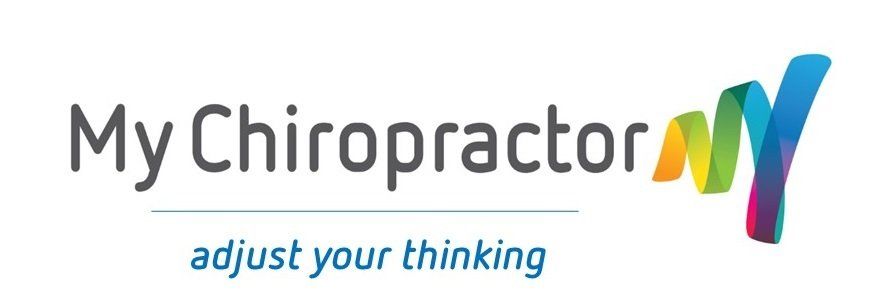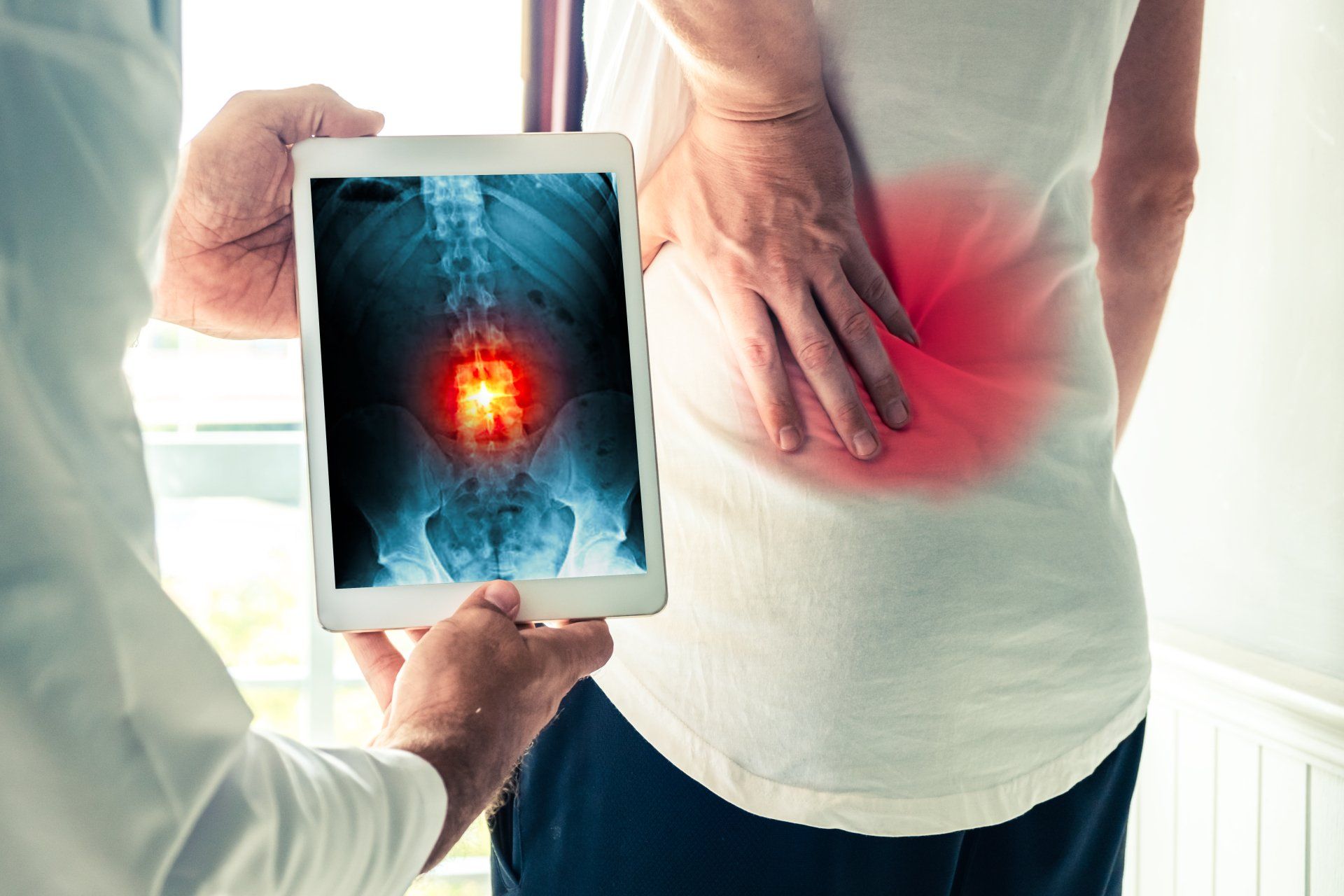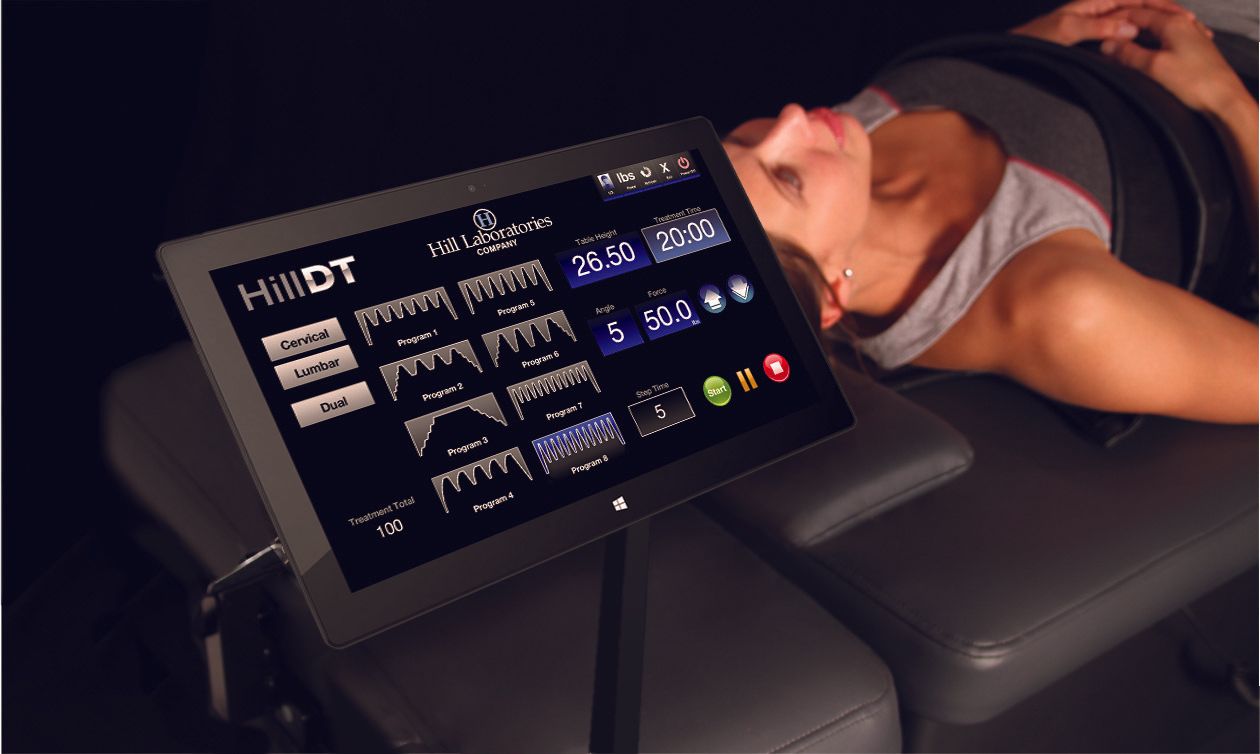Spinal Decompression in Mackay
Contact Us
Spinal Decompression Therapy: Your Non Surgical Solution to Chronic Disc Pain
If you’re suffering from chronic back pain, you may be a candidate for spinal decompression therapy. Spinal decompression is a nonsurgical treatment option that can provide relief from pain by gently stretching the spine.
This type of therapy can also help to improve range of motion and reduce inflammation.
At My Chiropractor Mackay City, we offer spinal decompression therapy as part of our comprehensive treatment plans. Our therapists are trained in providing this type of therapy and can design a treatment that meets your specific needs.
If you're ready to fight back against back pain, book an assessment today. Call
(07) 4953 1622.
Don’t Waste Any More Time!
Spinal Decompression Technique
Spinal decompression has been used for decades to treat back pain. However, the technology has improved significantly in recent years.
The technique originally arose out of traction therapy, which has been used to treat back pain since at least the early 1900s. Traction therapy works by applying a force to the spine that pulls it apart, which can help to relieve pressure on the discs and nerves.
This type of therapy was originally performed manually, but now with modern advances, spinal decompression is possible using precision machinery. The Hill DT decompression table is at the forefront of this new wave of treatment options.
Conditions That May Benefit From Spinal Decompression Therapy
Herniated discs: A herniated disc is when the soft centre of a spinal disc bulges out through a tear in the tough outer layer, placing pressure on the spinal cord and nerves and causing pain, numbness or weakness in affected areas.
Spinal decompression therapy is a non-surgical treatment option that uses a machine to apply gentle, controlled traction to the spine. The goal is to create negative pressure within the spinal discs, which can help pull the herniated material back into the disc and alleviate pressure on the nerves.
Degenerative disc disease: D.D.D. occurs when the cushions between the vertebrae of the spine deteriorate or fragment. As we age, the discs in our spine naturally lose water content and elasticity, making them more prone to injury.
Spinal decompression therapy can increase the flow of nutrients and water to the disc, helping to rehydrate and nourish the disc.
Sciatica: Sciatica is a set of symptoms caused by compression or irritation of the sciatic nerve (the longest and widest single nerve in the body), running from the lower back, through the hips and buttocks, and down each leg.
Symptoms can be alleviated through spinal decompression therapy by reducing pressure on the nerve.
Spinal stenosis: Spinal stenosis is a condition in which the spinal canal narrows; this places pressure on the spinal cord or the nerves that branch off from it, causing pain, numbness, muscle weakness and impaired bladder or bowel control.
Spinal decompression therapy can ease pain levels by alleviating pressure in affected areas.
Arthritis: Arthritis describes inflammation of one or more joints in the body, causing pain, stiffness and swelling that can worsen with age.
By creating negative pressure within the discs, spinal decompression therapy can help to relieve symptoms of arthritis.
Facet syndrome: Facet syndrome occurs when the facet joints—small joints located between the vertebrae that allow the spine to move and bend—become inflamed or damaged.
Facet syndrome is often caused by the wear and tear of aging, injury or overuse. Spinal decompression therapy can help to reduce inflammation and pain and improve mobility and function.
Who Is Not A Good Candidate For Spinal Decompression Therapy?
Certain individuals may not be good candidates for spinal decompression therapy.
These include:
- Pregnant woman
- Individuals who have had spinal surgery in the past
- Those with existing fractures or other bone-related conditions that make the spine prone to fractures
- Individuals with severe spinal stenosis, tumours, advanced osteoporosis, abdominal aortic aneurysm & other serious spinal conditions
- Individuals with metal implants in the spine
- Those with a higher risk of infection or blood clots
- Individuals who are unable to lie down on a flat surface
If you’re unsure whether spinal decompression therapy is appropriate for your condition, please don’t hesitate to speak to one of our qualified team members.
Hill DT Decompression Table
Our Hill DT decompression table is the latest in spinal decompression therapy. This computer-controlled table gently stretches the spine, which can help to relieve pain and improve range of motion.
Employing load sensor technology, we carefully measure and monitor treatment force and patient resistance.
The Hill DT decompression table is a safe treatment option for a variety of conditions that result in back pain, including:
- Herniated discs
- Degenerative disc disease
- Sciatica
- Spinal stenosis
- Arthritis
- Facet syndrome
The treatment is gentle and relaxing, and most patients report feeling relief after just a few sessions.
This unique technology allows for less guarding and significantly better patient outcomes, no matter their pain level.











